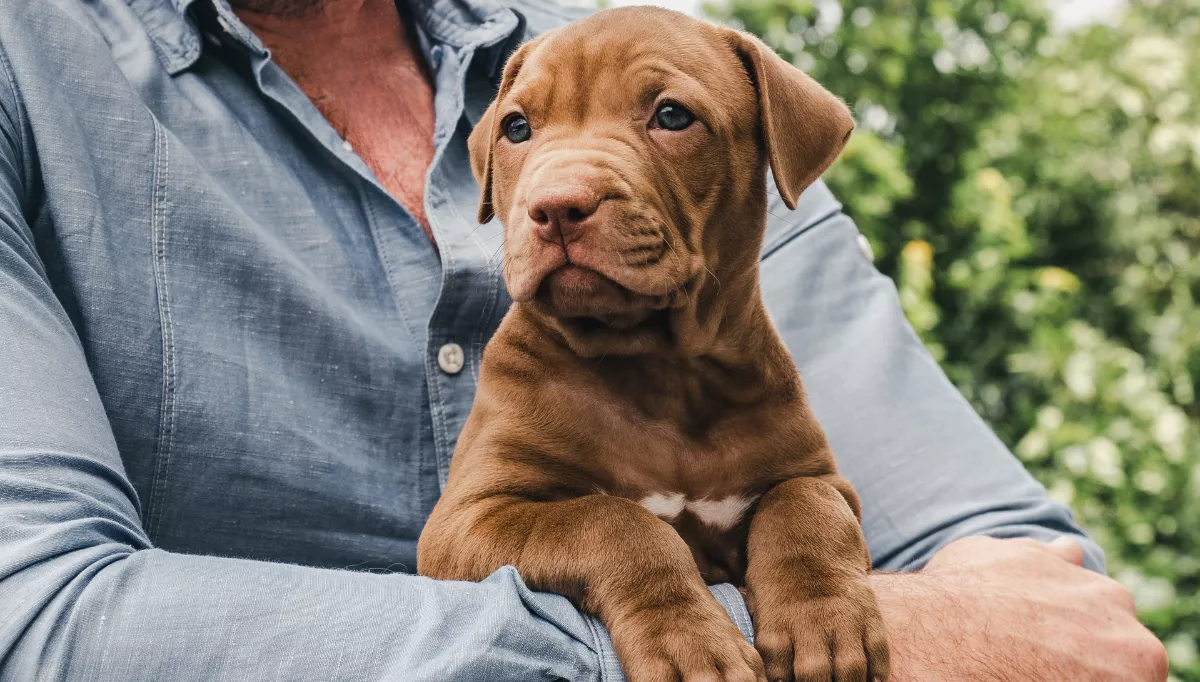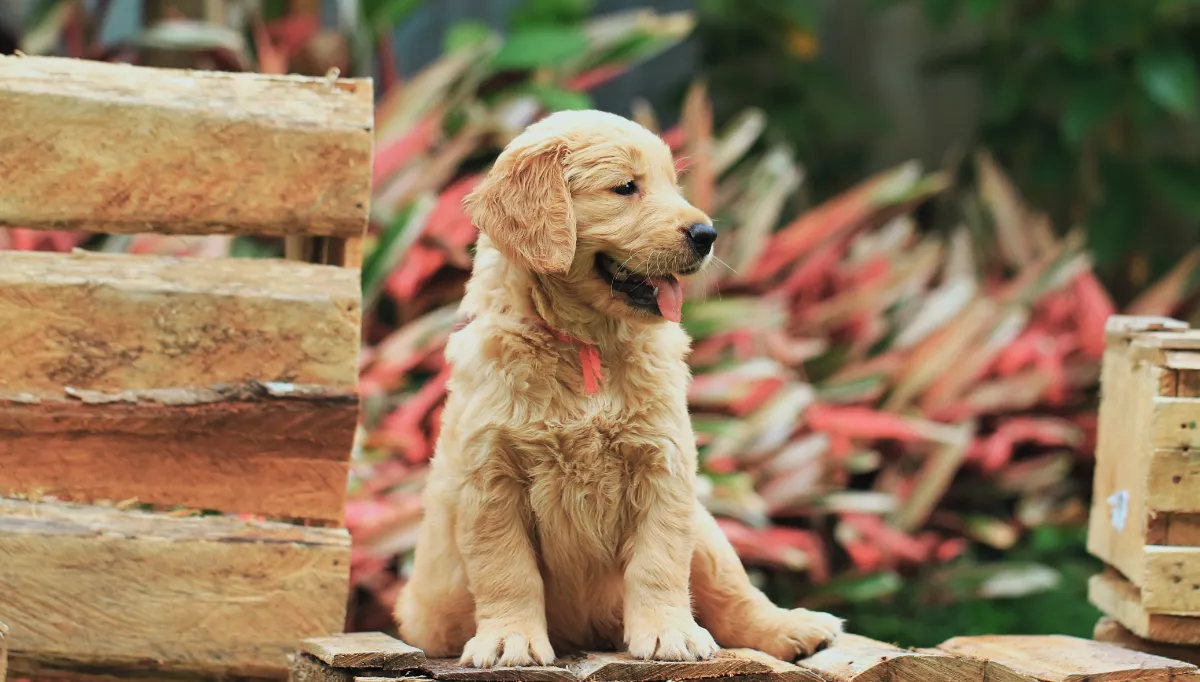Green Paw's Guide to Puppy Socialisation


Socialisation isn't just about your puppy meeting other dogs—it's about exposing them to a wide range of experiences that build their confidence and adaptability. The Kennel Club's website states that '"socialisation" refers to the learning process that a puppy must undergo to learn key life skills which ensure that they are happy and confident in their environment'. While interacting with other dogs is part of this process, it shouldn't overshadow everything else.
At Guide Dogs, for example, puppy raisers introduce young pups to various real-world scenarios—from bustling high streets and bus rides to observing cows in fields. These experiences help puppies understand that the world is diverse yet safe. You don't need to replicate every possible encounter, but mixing up early experiences is beneficial for your puppy's mental and emotional development.
Head to the bottom of this article for a comprehensive list of possible experiences for your puppy.
Navigating the Socialisation Window
The critical socialisation window for puppies typically spans from 4 to 12 weeks of age, though some experts suggest it can extend a bit longer. This timeframe is crucial for exposing puppies to new environments, sights, and sounds before they become too cautious or fearful.
A common concern among new owners is balancing socialisation recommendations with vaccination schedules. While it's essential to protect your puppy from viruses, especially before they are fully vaccinated, you can still introduce them to the world safely by carrying them to observe new surroundings. This approach not only keeps them secure but also stimulates their curiosity and mental engagement without overwhelming them.
Meeting Other Dogs: The Right Approach
Contrary to popular belief, socialisation isn't solely about letting puppies interact freely with every dog they encounter. On-lead greetings, for instance, can be stressful and misinterpreted due to restricted body language. If I had my way, I'd rethink the norm of on-lead greetings entirely!
Instead, focus on controlled introductions in safe environments like private fields or controlled playdates with known dogs. Teaching your puppy to focus on you and not rush towards every passing dog helps them stay calm and attentive in various situations. This approach not only fosters positive social skills but also reduces the likelihood of leash frustration or fear-based reactions later on.
Final Thoughts
Effective socialisation lays the foundation for a well-adjusted adult dog. By exposing your puppy to diverse experiences early on and guiding their interactions with other dogs thoughtfully, you're setting them up for a lifetime of confidence and good manners. Remember, every puppy is unique, so tailor your socialisation efforts to suit their individual needs and comfort levels.
Socialisation Checklist
- Home Environment Sounds
Familiarise your puppy with everyday home sounds to prevent anxiety and excessive barking:
- Doorbell, TV, radio
- Vacuum cleaner, washing machine, kettle, smoke alarm, hairdryer
- Different Types of People
Expose your puppy to various types of people to give them a genuine understanding of humans – watch them pass by, rather than overwhelming your puppy by meeting them all:
- Seniors, adults, teenagers, toddlers, babies
- Men and women
- Diverse races and ethnicities
- People with beards, no hair, disabilities
- People with suitcases, pushchairs, shopping trolleys, umbrellas
- People with canes/crutches, wheelchairs, guide dogs
- Visiting Different Environments
Explore various environments together to expose your puppy to new sounds, smells, and sights:
- Busy streets, playgrounds, parks, water (lakes or sea)
- Friends' homes, cafes, vets, dog groomers
- Public transport stations (bus, train, tram)
- Walking on Different Surfaces
Introduce your puppy to various surfaces to ensure comfortable walks:
- Carpet, wood, tiles, stairs, slippery surfaces
- Pavement, grass, sand, woodchip
- Vehicles and Travel
Safely expose your puppy to various forms of travel and vehicles:
- Cars, motorbikes, lorries, vans, bin lorries
- Caravans, bicycles, horns, screeching brakes
- Seeing Other Animals
Safely introduce your puppy to other animals, especially watching from afar:
- Puppies, friendly older dogs
- Birds, squirrels, cats
- Other small pets (hamsters, gerbils)
- Farm animals (goats, sheep)
- Large animals (horses)
- People Wearing Different Clothing
Get your puppy used to people wearing different items to prevent fear of the unknown:
- Hats, sunglasses, helmets, costumes, high vis clothing
- Police, firefighters, paramedics
- Postal workers, lollipop men/women
